Search Results for: Bears
Skip to resultsCan’t find what you’re looking for? Visit our FAQ page.
6,899 results for: Bears
-
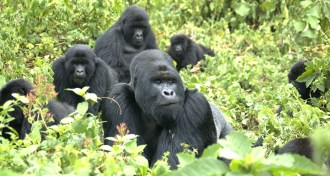 Genetics
GeneticsMountain gorilla genome reveals inbreeding
Mountain gorillas are highly inbred, with good and bad consequences.
-
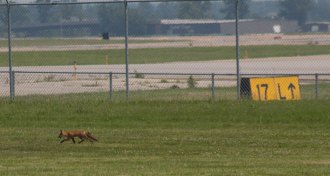
Flight delayed: There’s a coyote on the runway
A new study tallies up airport incidents involving carnivores and finds coyotes are the biggest threat.
-
 Animals
AnimalsEvidence of ‘yeti’ probably came from a Himalayan black bear
Last year, a genetic analysis revealed two hairs from an unknown species of bear in Asia. A new study finds that they belong to rare Himalayan black bears.
-
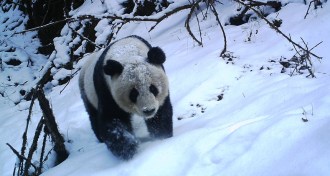 Animals
AnimalsPanda stalking reveals panda hangouts
Scientists used GPS trackers to learn about the giant panda lifestyle.
-
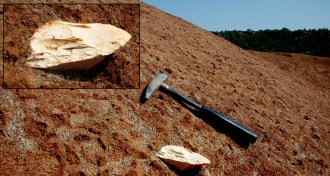 Anthropology
AnthropologyAncient hominids moved into Greece about 206,000 years ago
New analysis puts people at a contested Greek site about 206,000 years ago.
By Bruce Bower -
 Science & Society
Science & SocietyNCAA tournament puts prediction strategies to the test
When it comes to strategies for building the most winning bracket during March Madness, all bets are off.
-
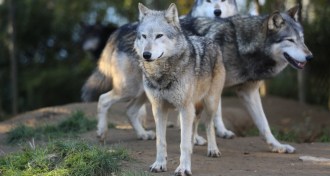 Anthropology
Anthropology‘The Invaders’ sees dogs as key to modern humans’ success
Neandertals went extinct when Homo sapiens transformed wolves into hunting aids, author proposes.
By Bruce Bower -
 Ecosystems
EcosystemsWhen animals invade human spaces
‘Feral Cities’ explores the wildlife living amongst us, sometimes noticed and sometimes not.
By Nathan Seppa -
 Health & Medicine
Health & MedicineIn babies, turning down inflammation soothes the hurt
Babies don’t feel nerve pain because their immune systems tamp down inflammation.
-
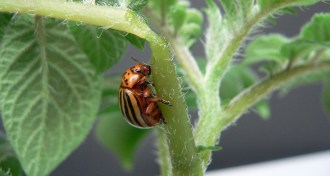 Plants
PlantsBeetle RNA makes crops a noxious meal
When beetles munch plants bearing their RNA, genes the bugs need to survive are turned off.
-
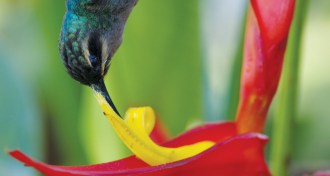 Plants
PlantsTropical plant knows whose bill is in its flowers
A rainforest plant avoids inbreeding by accepting pollen only from hummingbird species that must travel to reach it.
-
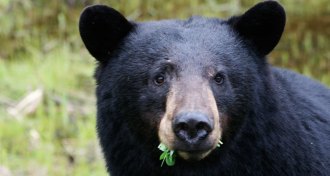 Animals
AnimalsAnt-eating bears help plants
A complex web of interactions gives a boost to rabbitbrush plants when black bears consume ants.